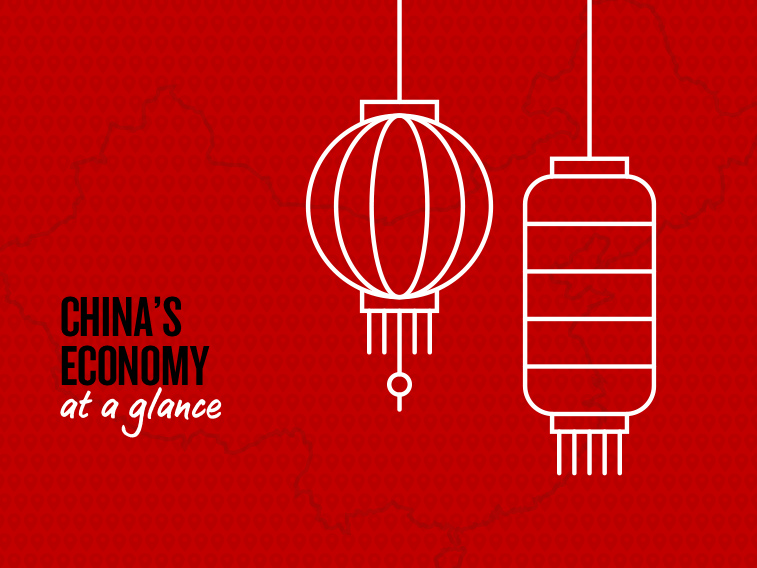NAB client Zenith Energy’s innovation is helping decarbonise the mining sector through providing efficient hybrid generation solutions in remote areas.


China’s consumers finally remerging

For further details, please see China’s economy at a glance – December 2020
© National Australia Bank Limited. ABN 12 004 044 937 AFSL and Australian Credit Licence 230686.